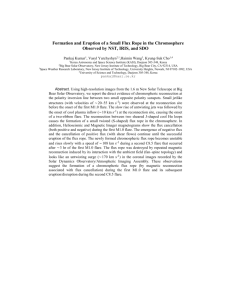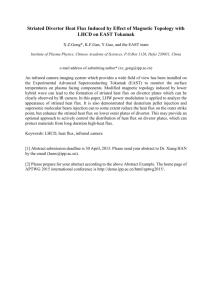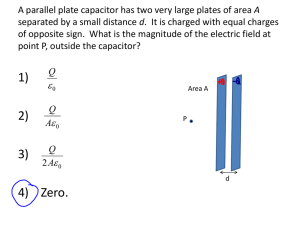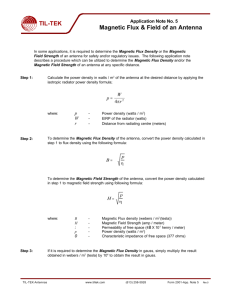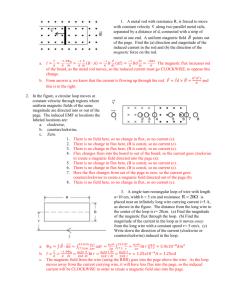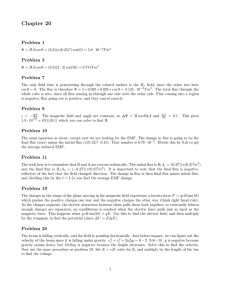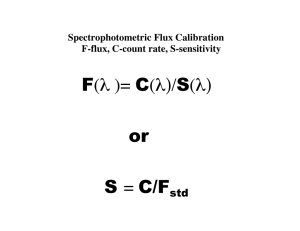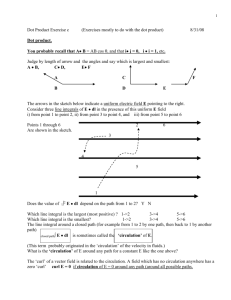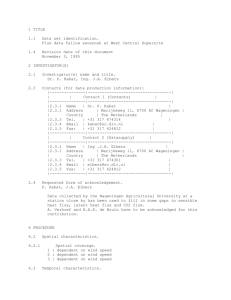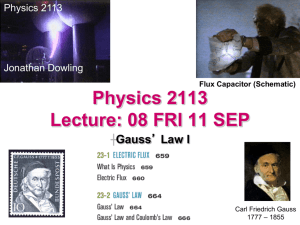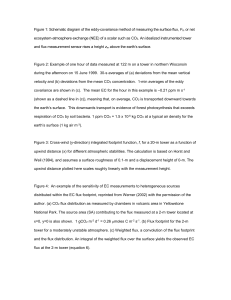Observations and Modeling of Solar Eruptions
advertisement
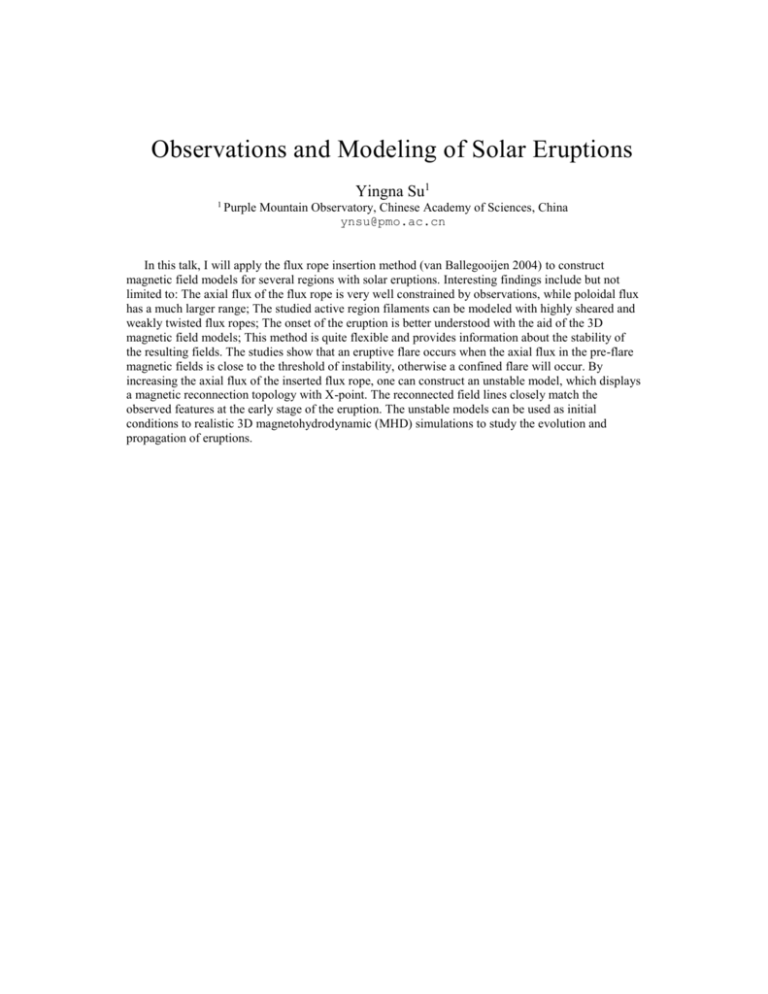
Observations and Modeling of Solar Eruptions Yingna Su1 1 Purple Mountain Observatory, Chinese Academy of Sciences, China ynsu@pmo.ac.cn In this talk, I will apply the flux rope insertion method (van Ballegooijen 2004) to construct magnetic field models for several regions with solar eruptions. Interesting findings include but not limited to: The axial flux of the flux rope is very well constrained by observations, while poloidal flux has a much larger range; The studied active region filaments can be modeled with highly sheared and weakly twisted flux ropes; The onset of the eruption is better understood with the aid of the 3D magnetic field models; This method is quite flexible and provides information about the stability of the resulting fields. The studies show that an eruptive flare occurs when the axial flux in the pre-flare magnetic fields is close to the threshold of instability, otherwise a confined flare will occur. By increasing the axial flux of the inserted flux rope, one can construct an unstable model, which displays a magnetic reconnection topology with X-point. The reconnected field lines closely match the observed features at the early stage of the eruption. The unstable models can be used as initial conditions to realistic 3D magnetohydrodynamic (MHD) simulations to study the evolution and propagation of eruptions.



